
Experts explain why sleeping in a car can be f.a.t.a.l
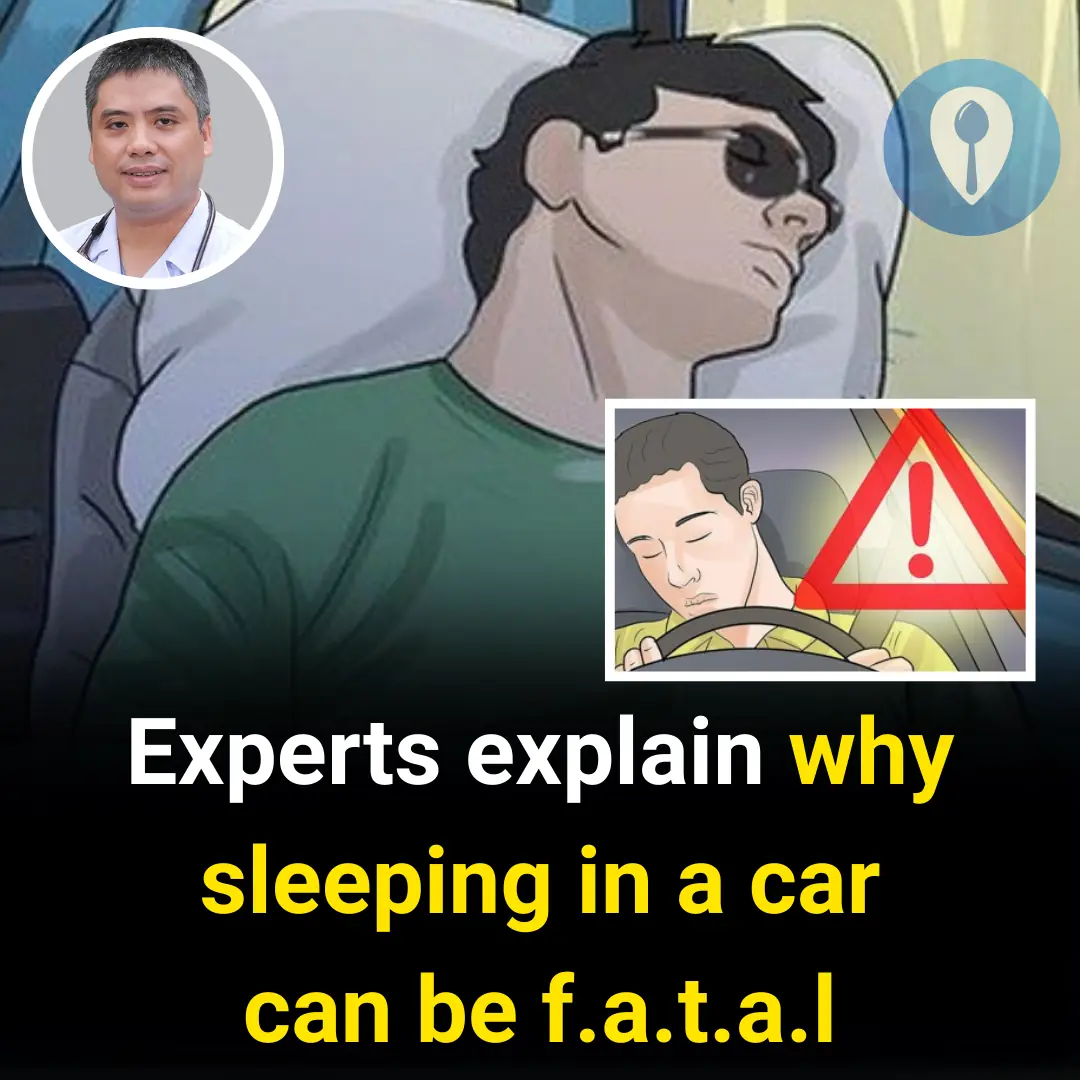
Many sudden deaths have occurred due to sleeping in cars.
Although many people feel fine after driving for long periods, some have died after just a short nap in their vehicle.
Dien Bien detects 3 outbreaks of cutaneous anthrax in humans; Ministry of Health urges strict health monitoring.
From May 5 to May 30, 2023, in Tua Chua District (Dien Bien), 3 outbreaks of cutaneous anthrax were reported with 13 cases. All infected individuals had a history of slaughtering or consuming buffalo and cow meat. No fatalities have been recorded.
A parked car with the air conditioning on will gradually run out of oxygen.
A recent tragic incident in Hai Phong, where a father and two children suffered from gas poisoning—one fatally—highlights the danger of sleeping in a car with the engine and AC running.
Cars produce toxic gases like carbon monoxide (CO) even while idling.
According to Associate Professor Dr. Dam Hoang Phuc, Hanoi University of Science and Technology, the car engine burns fuel and air, emitting CO2 and CO. If inhaled in large amounts, CO can cause suffocation, poisoning, unconsciousness, and death—especially in enclosed spaces like garages.
Sleeping in a car poses serious health risks and can be fatal.
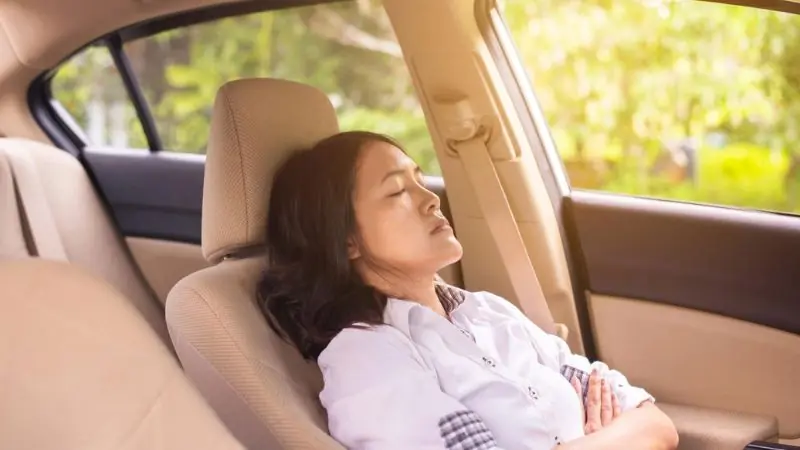
The risk of suffocation increases when the car is stationary, even with closed windows.
While cars have small vents for air exchange, the airflow is much lower when parked than when driving. If the engine is running in a closed space, it will deplete oxygen and release CO and CO2, regardless of whether the windows are slightly open.
CO gas can cause unconsciousness and even death while sleeping.
When a person inhales significant amounts of CO in a closed car, they may fall into a coma or die without realizing the danger. To avoid this, keep a window slightly open to allow air circulation if using air conditioning.
A person in a sealed car can run out of oxygen in just two hours.
Adults need about 1 cubic meter of air per hour. While awake, a person might notice signs of suffocation and respond accordingly. However, during sleep, this ability to react disappears, increasing the risk of death.
Modern cars switch between recirculated and fresh air automatically—but this may not help.
Even when the car brings in outside air, if it's surrounded by its own exhaust gases while idling, the CO concentration remains high. This makes it harder to get fresh oxygen into the cabin.
Sleeping in a car is more dangerous than sleeping in a closed room.
Cars have smaller interiors and more toxic gases. Numerous deaths, both in Vietnam and globally, have been reported due to sleeping in cars. Some were only saved thanks to timely medical attention.
Safety tips for sleeping in a car:
If absolutely necessary, choose a well-ventilated parking spot, use the “fresh air” setting, and never close all windows completely. Set an alarm for short naps and get out for fresh air periodically.
Avoid sleeping in narrow, enclosed spaces like garages with the engine running.
Gasoline and diesel engines emit high CO levels. The best practice is to turn off the engine and AC, and slightly open a window if you must rest inside the car.
Experts advise against sleeping in cars altogether.
Drivers should plan their rest stops in advance to avoid sleeping in the car and minimize unnecessary risks.
Sleeping in a sealed car is more dangerous than being in a closed room with AC.
According to Prof. Dr. Nguyen Duc Loi, from the Refrigeration and Air Conditioning Science Association, car air conditioners only cool the air—they don’t provide oxygen. In small car cabins, sealed environments become dangerous faster. Vietnam’s standard is 27m³/hour/person for adequate air supply.
Lack of oxygen can lead to fatigue, drowsiness, and even death.
He recommends taking in fresh air from outside after 3–4 hours of AC use. Just opening the door provides about 3m³ of fresh air. Air conditioning users should ensure proper ventilation to protect their health.
News in the same category

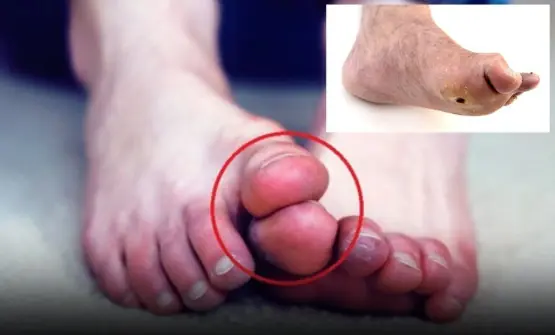
Mute Here are five unusual foot symptoms
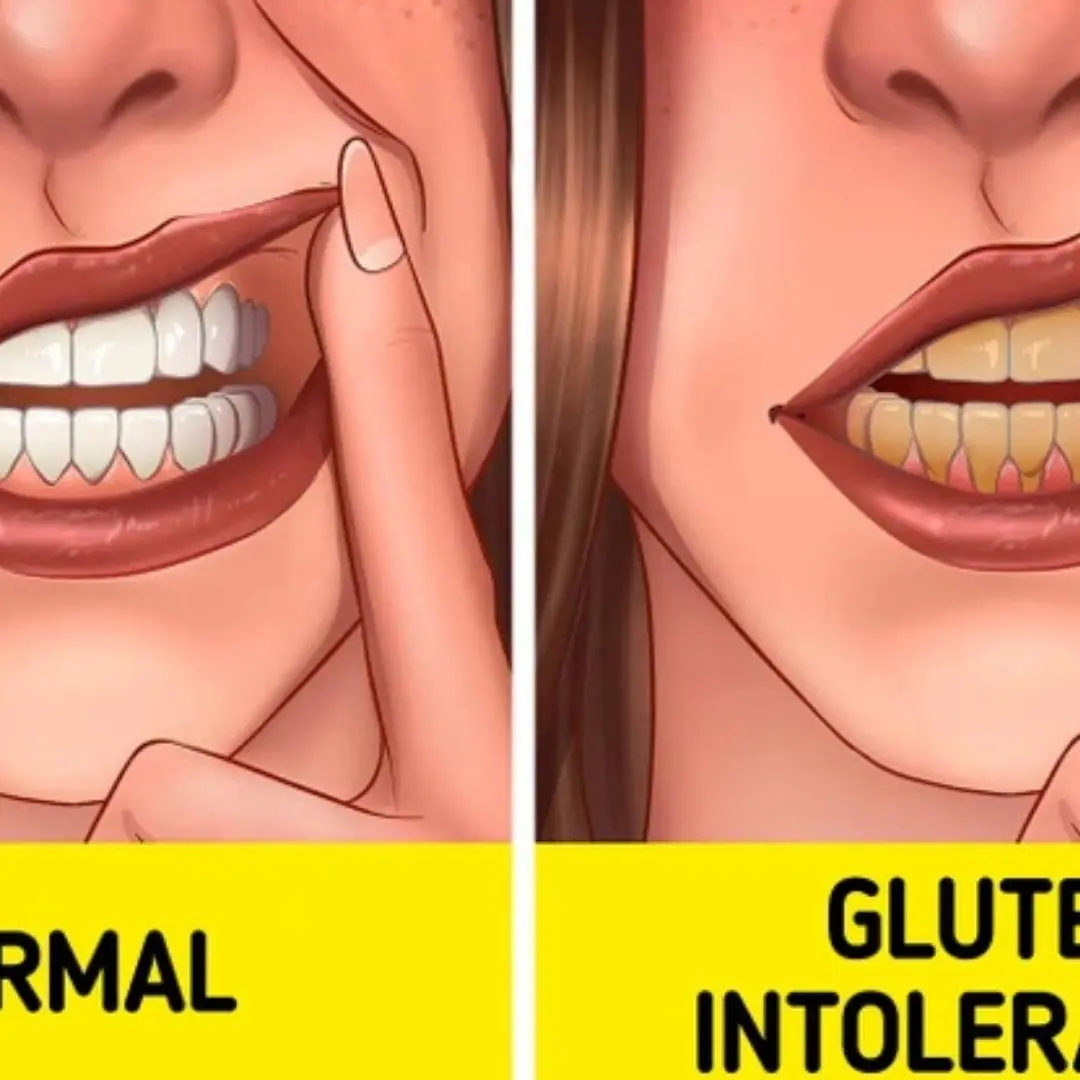
11 Sneaky Signs You Might Actually Be Gluten Intolerant

How Often Do You Really Need to Shower, According to Science

Doctors warn that if you have these signs on your nails, you need to be careful with 5 types of diseases. You should see a doctor as soon as possible.

Understanding the Signals: What Your Body Is Trying to Tell You
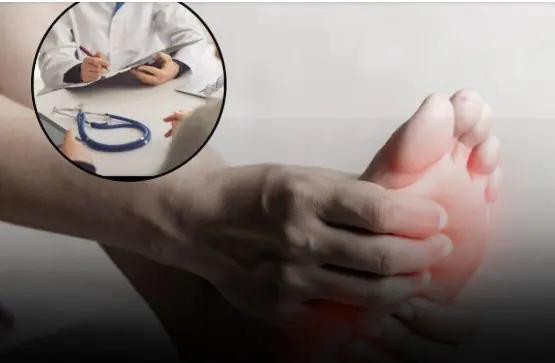
Beware Of Diabetes If You Frequently Experience These 5 Strange Symptoms

4 Fruits Known as the “Enemies” of Can.cer
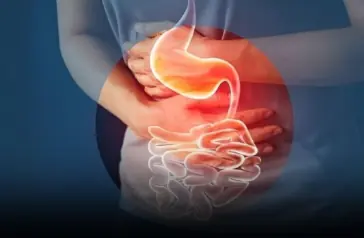
Doctors say there are 5 symptoms after meals

11 Signs Your Body Is Giving You Important Alerts

5 Common Refrigerator Mistakes That Multiply Bacteria by 10 Times

The hidden power of roses: Beyond beauty and fragrance

American Sweetgum (Liquidambar styraciflua): The Forgotten Healing Tree

Goldenberry power: 20 benefits of Physalis peruviana and how to use it at home

You’ve probably heard of cloves but you never knew the power of clove water

4 Places You Should Never Keep Your Mobile Phone — It Can Seriously Harm Your Health

11 Little-Known Secrets of Purslane: A Wonder Plant in Disguise
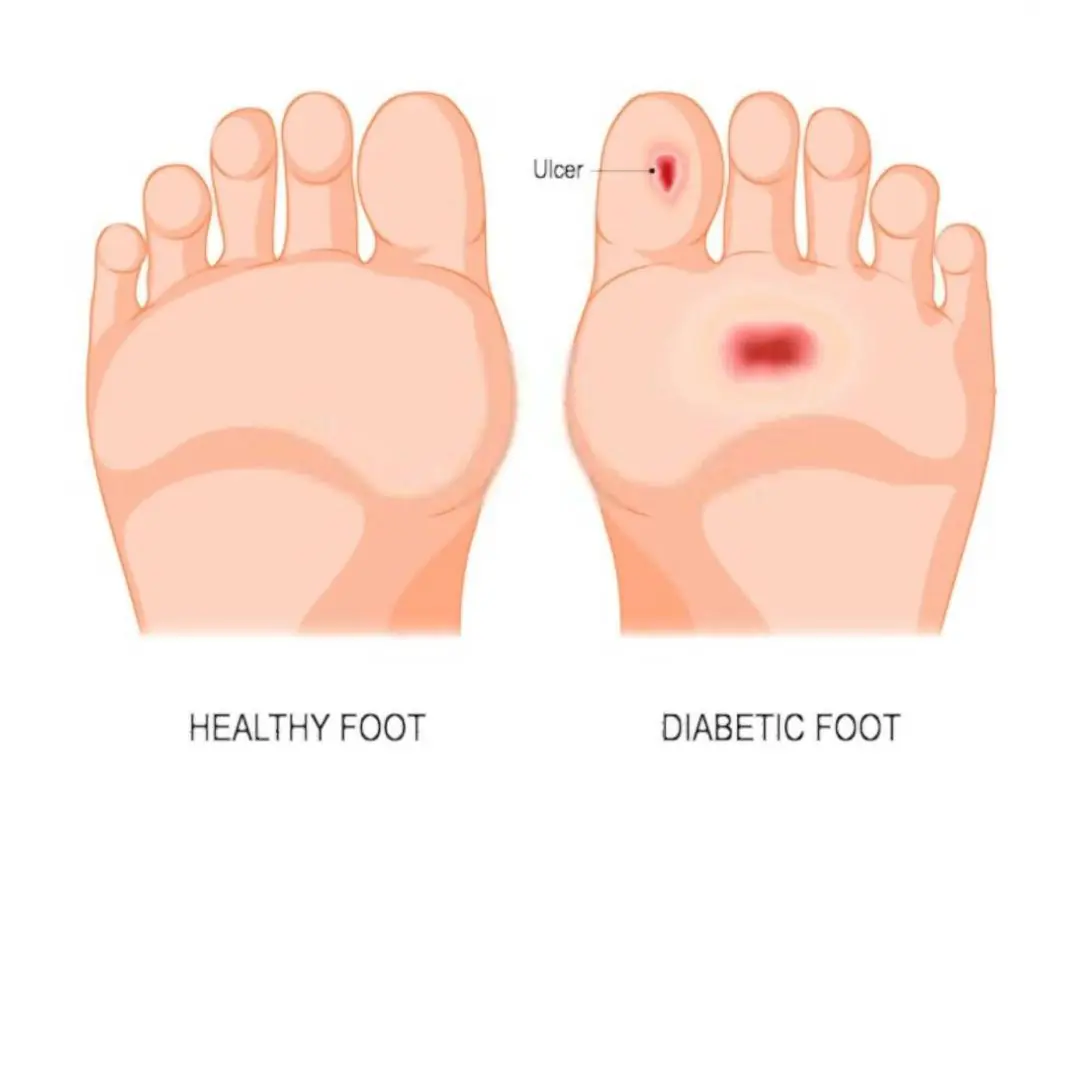
If you see this phenomenon in your feet, go see a doctor for diabetes.

Juniper: 20 remarkable benefits and how to use it
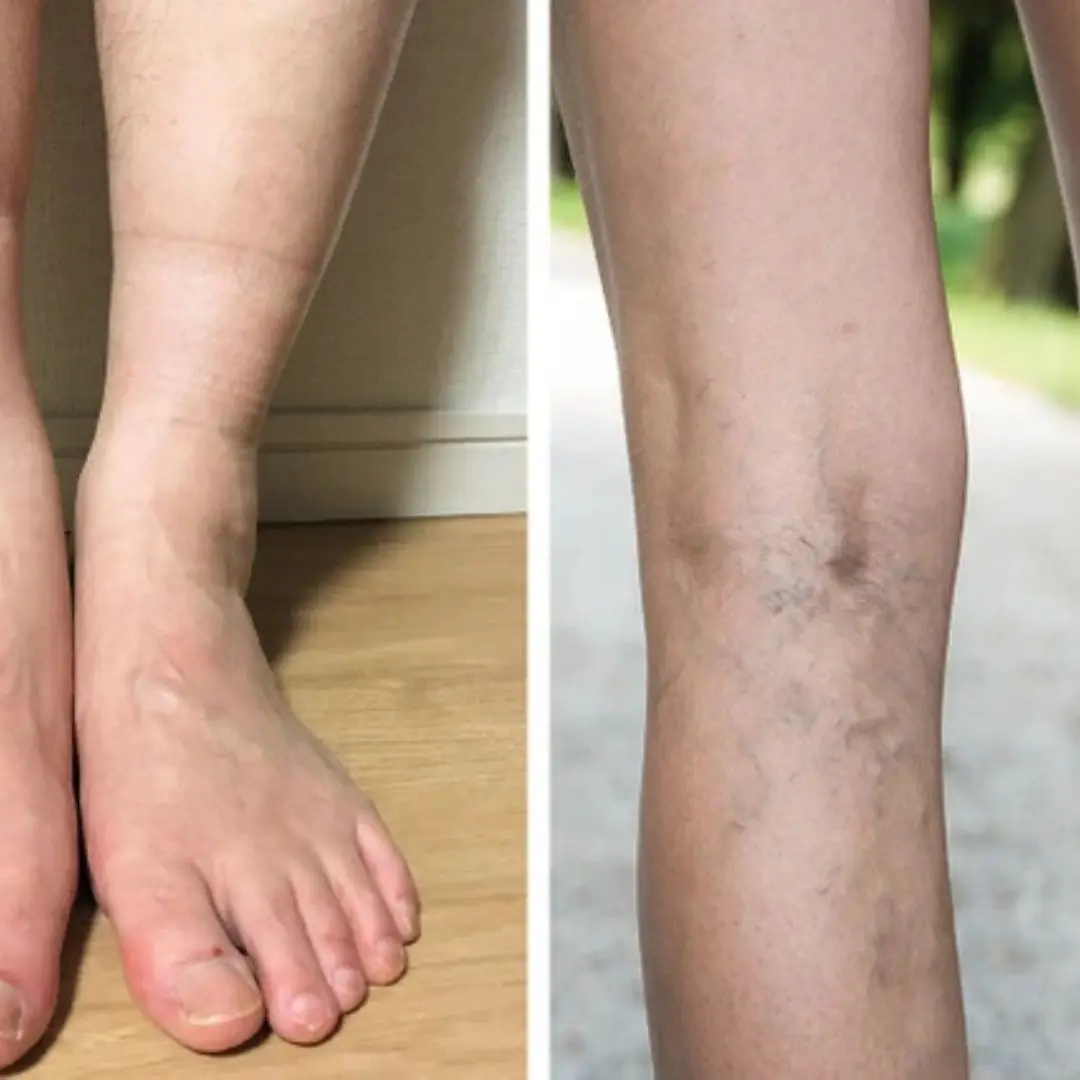
4 Health Problems Your Feet Could Be Telling You Through Sock Marks
News Post

Biker Found the Missing Girl Everyone Else Had Given Up Looking

The Pregnancies No One Could Explain

How to Freeze Lemons for Maximum Health Benefits

Ripe Bananas Soaked in This Ingredient Are Extremely Good
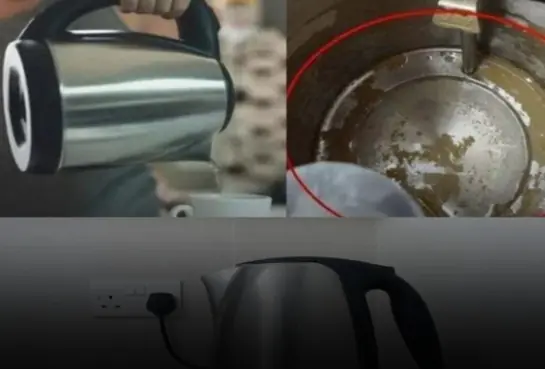
Condolences to those who are using these 4 types of electric kettles

Housewives need to pay attention to this
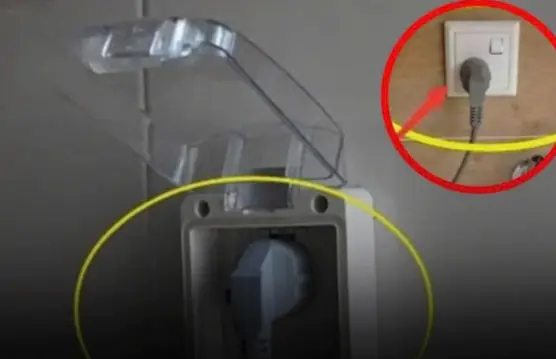
Be sure to unplug to reduce electricity bill

Mute Here are five unusual foot symptoms

5 Common Mistakes People Make When Eating Eggs for Breakfast

Why are the toilets on the train connected directly to the tracks?

11 Sneaky Signs You Might Actually Be Gluten Intolerant

The 3 most toxic pork parts in the market, no matter how cheap, don't buy them or you'll get sick

Unlock the secret to choosing perfectly tender, flavorful eggplants — fresh, safe, and free from preservatives!

How Often Do You Really Need to Shower, According to Science

Doctors warn that if you have these signs on your nails, you need to be careful with 5 types of diseases. You should see a doctor as soon as possible.

Understanding the Signals: What Your Body Is Trying to Tell You

My Father’s Last Ride: The Day I Realized I Was Wrong About Everything

3 Types of Fish Considered the “Best in the World”

These Bikers Kidnapped My Twins And I Begged Them Not To Bring Them Back
